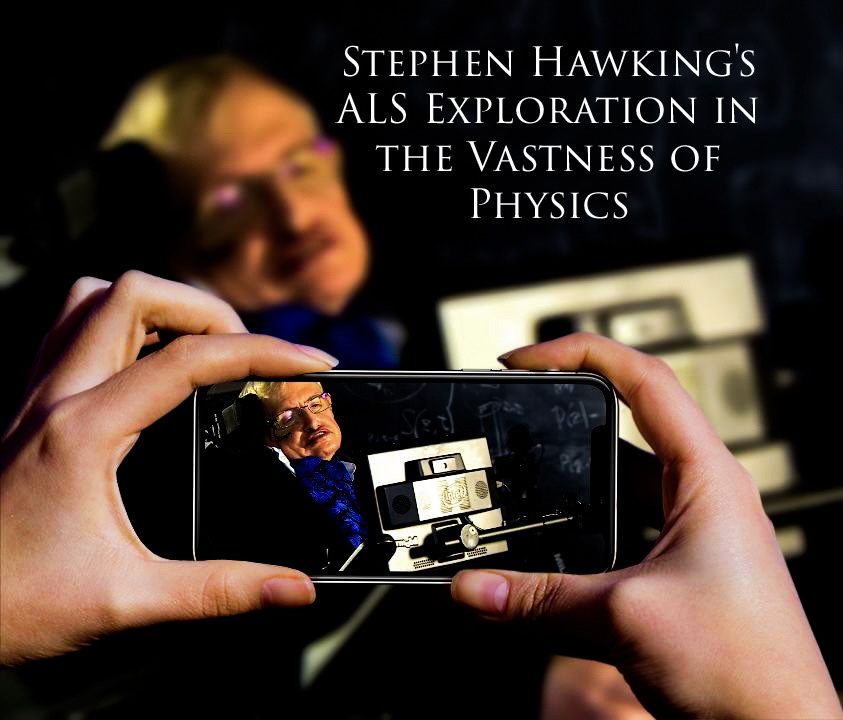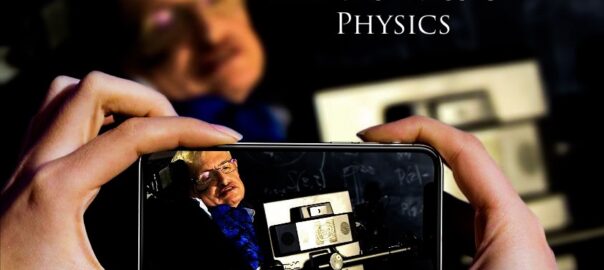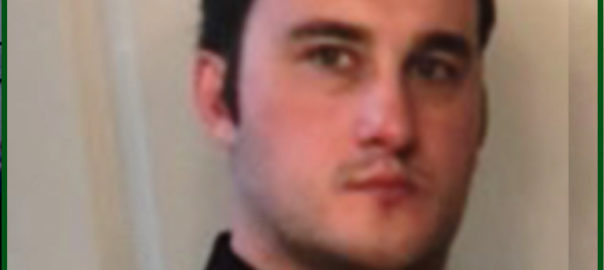Stephen Hawking, a name synonymous with brilliance and perseverance, transcended the boundaries of his physical limitations to leave an indelible mark on the world of physics. His battle with Amyotrophic Lateral Sclerosis (ALS) was not just a story of survival; it was a testament to the power of the human mind.

Unveiling the Hidden Stories:
As we delve into the life of Stephen Hawking, we uncover the hidden narratives that accompanied his remarkable journey. Behind the scenes of his groundbreaking research were moments of personal struggle and triumph. The world saw a man bound to a wheelchair, but behind the scenes was a mind that soared through the cosmos, exploring the mysteries of the universe.
Hawking’s battle with ALS, a disease that progressively robbed him of his mobility, was a testament to his tenacity. Despite the physical constraints, he continued to pursue his passion for unraveling the secrets of the universe. The hidden story was one of resilience, as he defied the odds and continued to contribute to the field of theoretical physics.
The Physicist Extraordinaire:
Beyond the confines of his illness, Stephen Hawking was a physicist extraordinaire, making groundbreaking contributions that reshaped our understanding of the cosmos. His work on black holes, especially the concept of Hawking radiation, revolutionized the field and challenged existing paradigms.
Hawking’s brilliance lay not only in his ability to formulate complex theories but also in his gift for communicating these ideas to the broader public. Through bestselling books like “A Brief History of Time,” he brought the wonders of theoretical physics to the masses, sparking an interest in the cosmos among people worldwide.
A Brief Glimpse into His Achievements:
Hawking Radiation:
One of his most significant contributions, Hawking Radiation, proposed that black holes are not entirely black but emit radiation and slowly lose mass over time.

Hawking’s Theorems:
His theorems on singularities and the nature of space and time in the context of general relativity have had a profound impact on our understanding of the early universe.

Popularizing Science:
Hawking’s ability to communicate complex scientific concepts in a way that captivated the public was unparalleled. His books and lectures opened up the wonders of the cosmos to a global audience.
Navigating the Cosmos from a Wheelchair: Stephen Hawking’s Triumph Over ALS
Stephen Hawking’s journey through the cosmos was not just an exploration of the universe but also a triumph over the relentless grip of Amyotrophic Lateral Sclerosis (ALS). His story, veiled behind the iconic image of the scientist in a wheelchair, unveils a narrative of courage, adaptability, and a relentless pursuit of knowledge against all odds.
The Silent Battle:
Diagnosed with ALS at the young age of 21, Hawking was given a grim prognosis of a few years to live. However, his indomitable spirit refused to be bound by the limitations of his deteriorating physical health. ALS gradually robbed him of his ability to move, speak, and even breathe without assistance. Yet, within the confines of his diminishing physicality, Hawking found the freedom to roam the cosmos with the limitless expanse of his mind.
The Technological Enabler:
As the progression of ALS confined him to a wheelchair and eventually left him almost completely paralyzed, Hawking embraced technology as his ally. His iconic computerized speech synthesizer became his voice, enabling him to communicate his brilliant thoughts to the world. The cutting-edge technology not only facilitated his scientific discourse but also empowered him to transcend the limitations imposed by his degenerative illness.
Living Beyond Prognosis:
Contrary to medical expectations, Hawking not only defied the initial prognosis but continued his scientific journey for more than five decades after the diagnosis. The sheer longevity of his battle against ALS stands as a testament to his unwavering determination and the incredible resilience of the human spirit.
A Unified Front:
Hawking’s family played a crucial role in his journey, providing unwavering support and love. His first wife, Jane Hawking, stood by him during the initial stages of his illness, and later caregivers and technology allowed him to maintain a semblance of independence. The hidden story lies in the collaborative effort of those around him, creating an environment that nurtured his genius despite the physical challenges.
Legacy of Inspiration:
Stephen Hawking’s life with ALS wasn’t just a personal journey; it became a source of inspiration for millions facing adversity. His ability to find purpose, joy, and meaning in the pursuit of knowledge despite the debilitating effects of the disease is a legacy that transcends the field of physics.
In essence, Stephen Hawking’s life story is a beacon of resilience, illustrating that even in the face of an aggressive illness, the human mind can soar to unimaginable heights, touching the very fabric of the cosmos. His journey through the stars, from a wheelchair-bound physicist to a symbol of triumph over adversity, leaves an enduring legacy that extends far beyond the equations and theories of theoretical physics.

